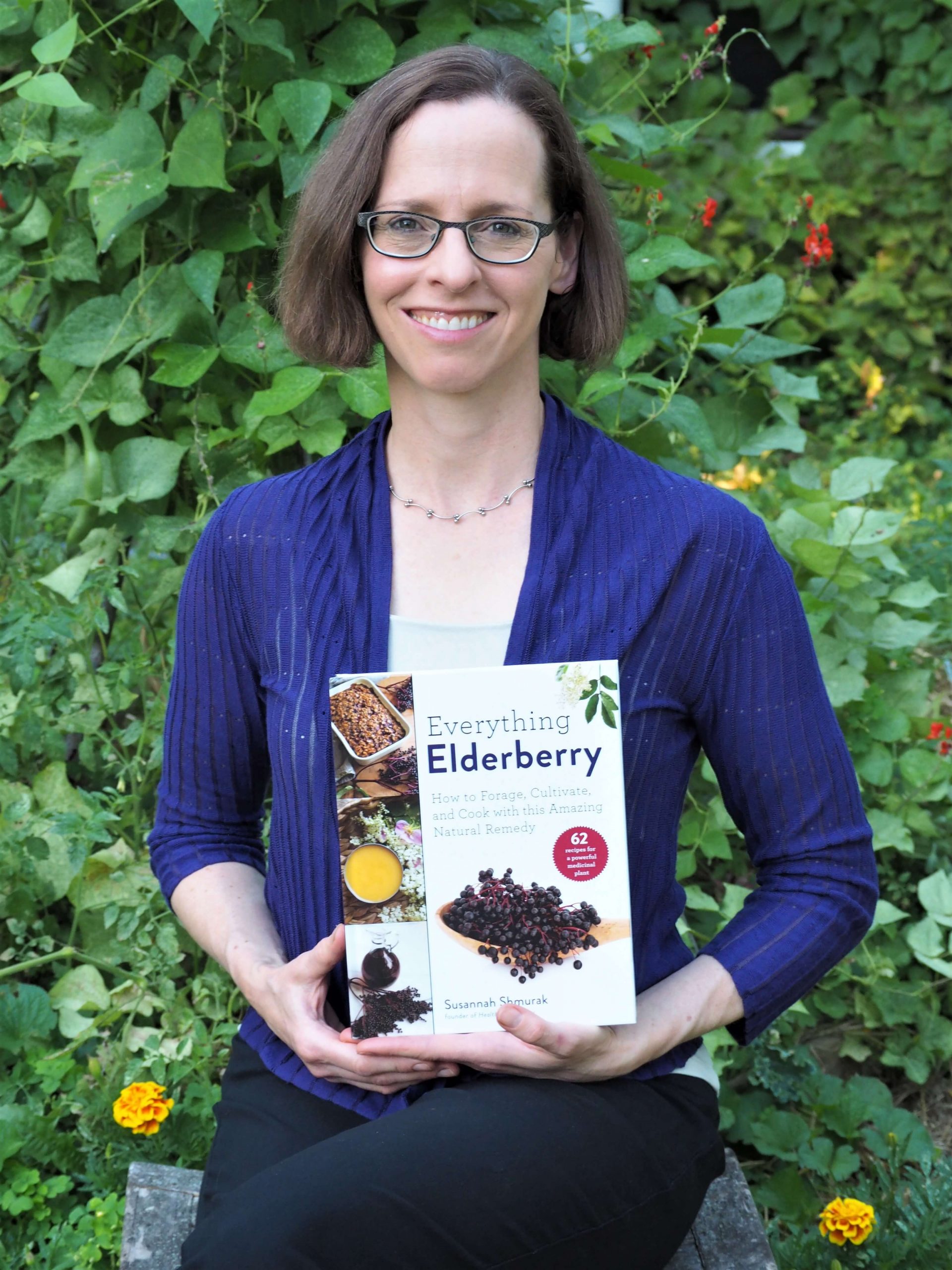Last Updated on November 30, 2023
Impact-Site-Verification: -17649298 Impact-Site-Verification: 1615608938
For once, out here in Minnesota, I am happy — rather than peeved — that the calendar says it’s the first day of spring. Supposed to be nearly 60 and sunny for a change! (I’m used to thinking 30 sounds pretty good.)

We’ll see if I have enough working brain cells left to remember to keep them watered. The kit has a heat mat to help keep seeds warm while they germinate and a plastic cover to keep the soil moist. You can buy them at most home and garden centers or online, and they’re not terribly expensive.
Why start your own seeds? There are several good reasons. First, you have a lot more choices about the varieties, so you’re not limited to the few hybrids available at most garden centers. You can try any of the hundreds of options that sound best to you — whether it’s purple tomatoes, Asian eggplant, midget cantaloupes, or mini bell peppers. There are some fantastic seed companies out there, many of which are now readily available in stores as well as online, including Seed Savers, Seeds of Change, Fedco or Johnny’s.
Second, if you’re planting a lot, you will save a great deal over buying plants that someone else started. I can start 50 groundcherry plants for the same $2.99 that the local nursery sells just 1. (No, I won’t start all 50, though it’s tempting. Read more about groundcherries below.) I will admit, though, that the plants from the nursery are generally more robust than the ones I start without much in the way of grow lights, but my spindly transplants generally catch up and do quite well. And the local nursery never has enough groundcherry plants for the fans in this house.
It’s ground cherries all this push to start seeds is really about. What is the big deal about ground cherries? They are these amazing little fruits (relatives of tomatoes) that come wrapped in little papery husks, similar to tomatillos. When they’re ripe, they fall to the ground and you hunt for them and pop them in your mouth. I’ve heard the flavor described as a cross between pineapple and grape, but you really need to try them for yourself.
They have a wonderfully long season in the garden, and hunting for daily treats is fun for kids (the time it takes to collect them also makes them expensive to buy). There aren’t too many home-grown fruits that can produce over such a long period of time. Find more information on ground cherries here. And if you’re not planning to start your own seeds anytime soon, you can buy ground cherry transplants from your nursery.
The other fabulous thing about starting your own seeds is that you can develop some of your own varieties over time, by saving seeds yourself.* This works especially well with tomatoes (and relatives like ground cherries!) where if you like what you’re eating, you simply spit out a few seeds onto a paper towel, write down what it is, and store it in an envelope till spring. Save some of your favorites each year, and you develop your very own heirlooms with your favorite flavor profiles, at no cost. (Serious seed savers have a more careful procedure, but this works for those of us who are busy and not too concerned with perfect technique.)

*Note: this only works with certain types of plants, called open-pollinated. Seeds Savers has lots of resources if you want to know more.

Susannah is a proud garden geek and energy nerd who loves healthy food and natural remedies. Her work has appeared in Mother Earth Living, Ensia, Northern Gardener, Sierra, and on numerous websites. Her first book, Everything Elderberry, released in September 2020 and has been a #1 new release in holistic medicine, naturopathy, herb gardening, and other categories. Find out more and grab your copy here.

 Hi, I'm Susannah, a garden geek, energy nerd, and fan of healthy food and natural remedies. Need some simple, practical solutions for living healthier and greener? You've come to the right place! More about me and my green projects
Hi, I'm Susannah, a garden geek, energy nerd, and fan of healthy food and natural remedies. Need some simple, practical solutions for living healthier and greener? You've come to the right place! More about me and my green projects